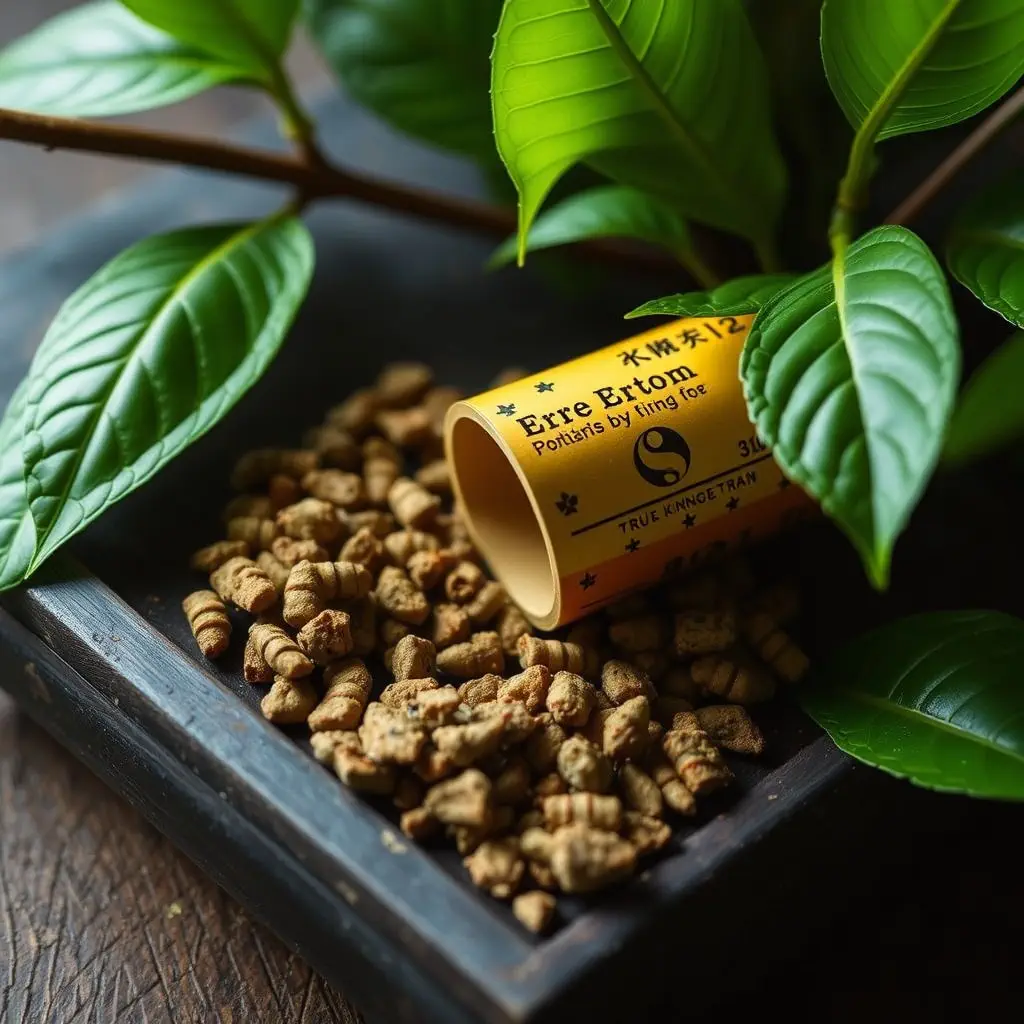The lotus blue flower (Kratom, Mitragyna speciosa) is a promising natural remedy for opioid addiction, offering relief from withdrawal symptoms and cravings through its unique interaction with opioid receptors. Its active compounds, mitraginin and 7-hydroxymitragynine, help stabilize mood, reduce stress, and ease discomfort, making it effective against opiate and stimulant addiction. For safe and effective use, a low-dosage approach under professional guidance is recommended as part of a holistic recovery strategy.
Discover the potential of kratom as a natural solution for addiction recovery. This herb, known for its unique properties, has shown promise in aiding individuals seeking to break free from substance abuse. In this comprehensive guide, we explore ‘lotus blue flower’ (kratom) and its role in addiction treatment. From understanding its origins to delving into the science behind its effectiveness, we provide insights on navigating this alternative approach for a healthier path forward.
- Understanding Kratom and Its Potential for Addiction Recovery
- The Science Behind Kratom's Impact on Addiction
- Navigating Lotus Blue Flower: Dosage, Safety, and Effective Use in Treatment
Understanding Kratom and Its Potential for Addiction Recovery
Kratom, scientifically known as Mitragyna speciosa, is a plant that has gained significant attention for its potential in addiction recovery. Often referred to as the lotus blue flower, it contains various compounds called alkaloids, which have been studied for their effects on the body’s opioid receptors. These natural compounds interact with the brain’s reward system, offering a promising alternative for those seeking to break free from substance addictions.
Research suggests that kratom’s unique profile can aid in managing withdrawal symptoms and cravings associated with opioid addiction. Its gentle yet effective mechanism makes it a compelling option for those looking to supplement their recovery journey. The lotus blue flower has shown potential in reducing anxiety, improving mood, and providing a sense of calm, all of which are crucial aspects of overcoming addiction and fostering long-term recovery.
The Science Behind Kratom's Impact on Addiction
Kratom, scientifically known as Mitragyna speciosa, has gained significant attention in the realm of addiction treatment due to its unique properties. Often referred to as the lotus blue flower, this natural herb has shown promise in mitigating withdrawal symptoms and reducing cravings for various addictive substances. The science behind its impact on addiction reveals a complex interplay between kratom’s chemical composition and brain function.
The primary active compounds in kratom, mitraginin and 7-hydroxymitragynine, interact with opioid receptors in the brain, offering a balance to the excessive activation often associated with addiction. This interaction can help stabilize mood, alleviate stress, and ease physical discomfort—common challenges in the recovery process. Research suggests that kratom’s ability to modulate these receptors may contribute to its effectiveness in treating opiate and stimulant addiction, potentially paving the way for a more sustainable path to recovery.
Navigating Lotus Blue Flower: Dosage, Safety, and Effective Use in Treatment
Kratom, known by its scientific name Mitragyna speciosa, has gained attention as a potential tool for addiction treatment and recovery, particularly when it comes to its soothing and calming effects. Among the various kratom strains, Lotus Blue Flower stands out. Its unique composition offers a balanced blend of alkaloids that can be incredibly effective in managing cravings and providing relief from withdrawal symptoms.
When considering Lotus Blue Flower for addiction treatment, understanding dosage and safety is paramount. This strain is typically recommended for individuals seeking milder effects compared to more potent kratom varieties. Dosage should be approached with caution; starting low and gradually increasing allows the body to acclimate. It’s crucial to consult healthcare professionals or experienced users for guidance on the appropriate amount based on individual needs and tolerance levels. Effective use involves consistent dosing, often multiple times a day, to maintain stability throughout recovery. Remember that, like any substance, proper integration into a comprehensive treatment plan is essential for optimal results while minimizing potential risks.
Kratom, particularly its unique form, the Lotus Blue Flower, holds promise as a complementary tool for addiction recovery. With scientific evidence supporting its impact on reducing cravings and managing withdrawal symptoms, it can be a valuable asset in navigating the road to sobriety. However, proper dosage and safe use are essential. Understanding the science behind its effects empowers individuals and healthcare providers to harness the potential of kratom, making informed decisions for effective treatment and long-term recovery.






